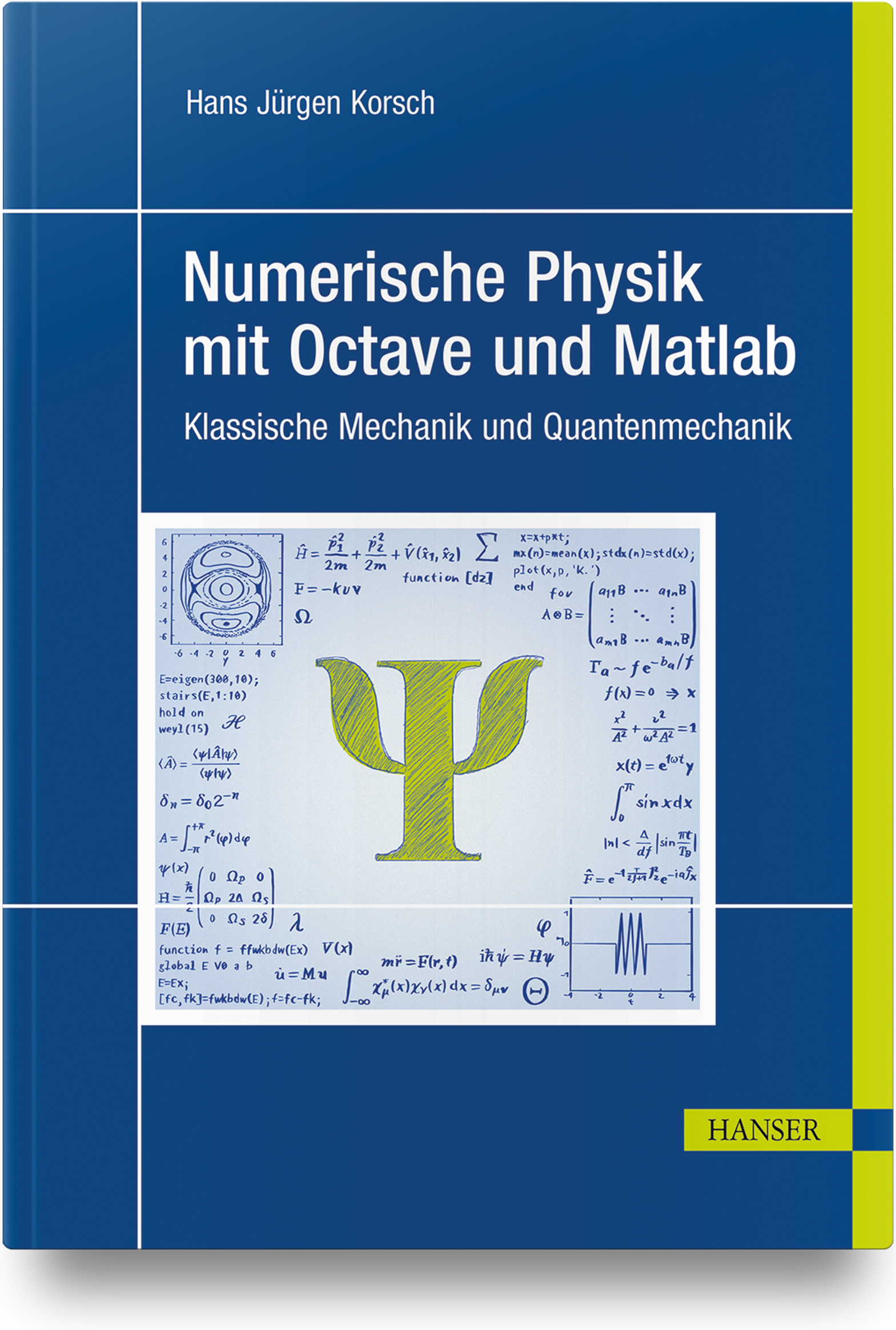- Sie sind hier:
- Fachbuch
- Kunststofftechnik
- Werkstoffe und Anwendungen
- Additive
The Effects of Silica Nanoparticles in Toughened Epoxy Resins and Fiber-Reinf...
€179,99 (Print)
inkl. MwSt., ggf. zzgl. Versandkosten
sofort lieferbar
€179,99 (PDF)
ready to ship
- ISBN: 978-1-56990-627-9
- Buchangaben: 1. Edition, 12/2015
182 Pages, Hardcover
Beschreibung
The Effects of Silica Nanoparticles in Toughened Epoxy Resins and Fiber-Reinforced Composites
This work shows how the properties of cured epoxy resins are improved significantly by the addition of surface-modified silica nanoparticles. Addition of nanosilica typically linearly increases both the modulus and the fracture toughness, and compressive strength and fatigue performance can be improved significantly as well. Combining this modification with the classic toughening concept using reactive liquid rubbers or core-shell elastomers leads to hybrid systems, which are characterized by high toughness and stiffness, with further-improved fatigue performance.
Laminates manufactured by using these modified resins exhibit improved performance as well. For the fatigue performance of laminates made from hybrid resins a tenfold increase in cyclic loadings upon failure can be achieved. This makes them especially suitable for highly stressed composites parts such as in automotive applications, aerospace, or wind energy.
Laminates manufactured by using these modified resins exhibit improved performance as well. For the fatigue performance of laminates made from hybrid resins a tenfold increase in cyclic loadings upon failure can be achieved. This makes them especially suitable for highly stressed composites parts such as in automotive applications, aerospace, or wind energy.
The Effects of Silica Nanoparticles in Toughened Epoxy Resins and Fiber-Reinforced Composites
This work shows how the properties of cured epoxy resins are improved significantly by the addition of surface-modified silica nanoparticles. Addition of nanosilica typically linearly increases both the modulus and the fracture toughness, and compressive strength and fatigue performance can be improved significantly as well. Combining this modification with the classic toughening concept using reactive liquid rubbers or core-shell elastomers leads to hybrid systems, which are characterized by high toughness and stiffness, with further-improved fatigue performance.
Laminates manufactured by using these modified resins exhibit improved performance as well. For the fatigue performance of laminates made from hybrid resins a tenfold increase in cyclic loadings upon failure can be achieved. This makes them especially suitable for highly stressed composites parts such as in automotive applications, aerospace, or wind energy.
Laminates manufactured by using these modified resins exhibit improved performance as well. For the fatigue performance of laminates made from hybrid resins a tenfold increase in cyclic loadings upon failure can be achieved. This makes them especially suitable for highly stressed composites parts such as in automotive applications, aerospace, or wind energy.
Customer evaluation for "The Effects of Silica Nanoparticles in Toughened Epoxy Resins and Fiber-Reinforced Composites"
Write an evaluation
Evaluations will be activated after verification.
Cover Downloads
Produktsicherheit<
Carl Hanser Verlag GmbH & Co KG
Kolbergerstr. 22
81679 München
E-Mail: info@hanser.de
Sicherheitshinweis entsprechend Art.9 Abs. 7 Satz 2 GPSR entbehrlich
Carl Hanser Verlag GmbH & Co KG
Kolbergerstr. 22
81679 München
E-Mail: info@hanser.de
Sicherheitshinweis entsprechend Art.9 Abs. 7 Satz 2 GPSR entbehrlich
All books by this author Customers also viewed
All books by this author
Customers also viewed





